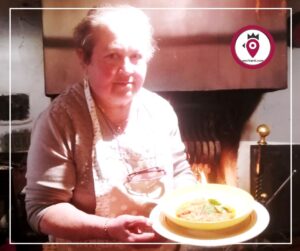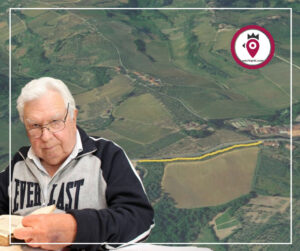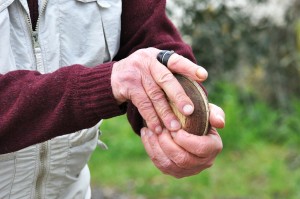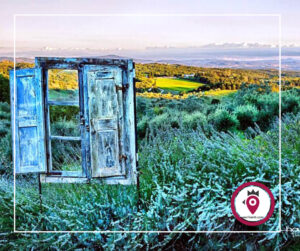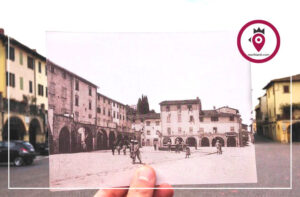Articolo disponibile anche in: Italian
There is a memory, fading in some but alive and present in many: the “achsciarà” of Ricavo, a sharecropper estate along the country road that leads from Castellina to San Donato in Poggio.
In that location, between 1934 in 1938, circa 200 young Jews from all over the world, especially where racial law was put into effect, resided.
They did this to escape Nazi persecution and participate in formal professional training (archsciarà), promoted by the Italian Zionist Federation and connected to the international organizations of Bahad and Hechaluz.
Through direct contact with local sharecroppers and the organization of daily systematic work, the young “chaluzim” learned to be farmers and to plan their future colonization in Palestine.
The Chianti territory, rocky and dry, with its main products of grapes and olives on dry land, presented characteristics that were similar to those in Palestine where the pioneers of the “kibbuzim” and “mosciavin” had already begun colonization.
Thanks to an announcement in a newspaper, the owner of the Farm, a Florentine Marquis, decided to make it a working farm and host these young people.
Their jobs were regulated by a formal contract and provided that the”chaluzim” worked for free in exchange for hospitality and professional training.
Benno Offenburg became Director of the “Centro di addestramento agricolo di Ricavo” and, on April 18, 1934, he greeted the first 18 youths who had arrived with legal permits and the blessings of local authorities and government.
At the national level, it was still the era of Mussolini and the Fascists who saw Zionism as a pawn in their expansionist aims it in the East Orient and Africa. Local rapport was excellent, as described in the letter written on April 30, 1934 by Mario Ottolenghi, one of the organizers of the “achsciaraà”.
“A warm greeting was offered by farmers and townspeople and, in general, the youngsters are greeted with kindness by all they encounter Local authorities have also established a cordial and kind rapport. A few days before the arrival of the participants, I visited the Priest and the secretary of the Fascist party in Castellina in Chianti, giving them information about what was about to begin”.
After the period of internship which lasted a few months, the youths went to Trieste where they boarded a ship for the eastern Mediterranean, once they had obtained immigration permission from the British government, who ruled Palestine at that time. But permission was difficult to obtain.
So many “chaluzim” of Ricavo found a way through marriage. A marriage certificate allowed both members of the couple to leave. This was a practice which was noted in the historic archives of Castellina, where numerous marriages betwen the “chaluzim” were transcribed, often concentrated in just a few hours. For some it represented a real family tie. For others it was just away of emigrating to Palestine.
We know that the “chaluzim” met various destinies: some made it and some, while waiting for their papers, were overcome by the violence of the Nazi fascist persecutions and ended up in concentration camps.
Some of the youngsters of Ricavo were welcomed by the Beerot Izchak and Yavne kibbuzim and in the towns of Petach Tikvà, Pardes Hanna, Kfar Pines and Kfar Yabez. The “achsciara’”, in 1938, with the institution of racial laws in Italy, had to close.
To confirm the good relationship that they had with local authorities, according to official sources in Siena, instead of chasing them away, officials decided to give the last chaluzim time to abandon the farm.
Cosimo Ciampoli
